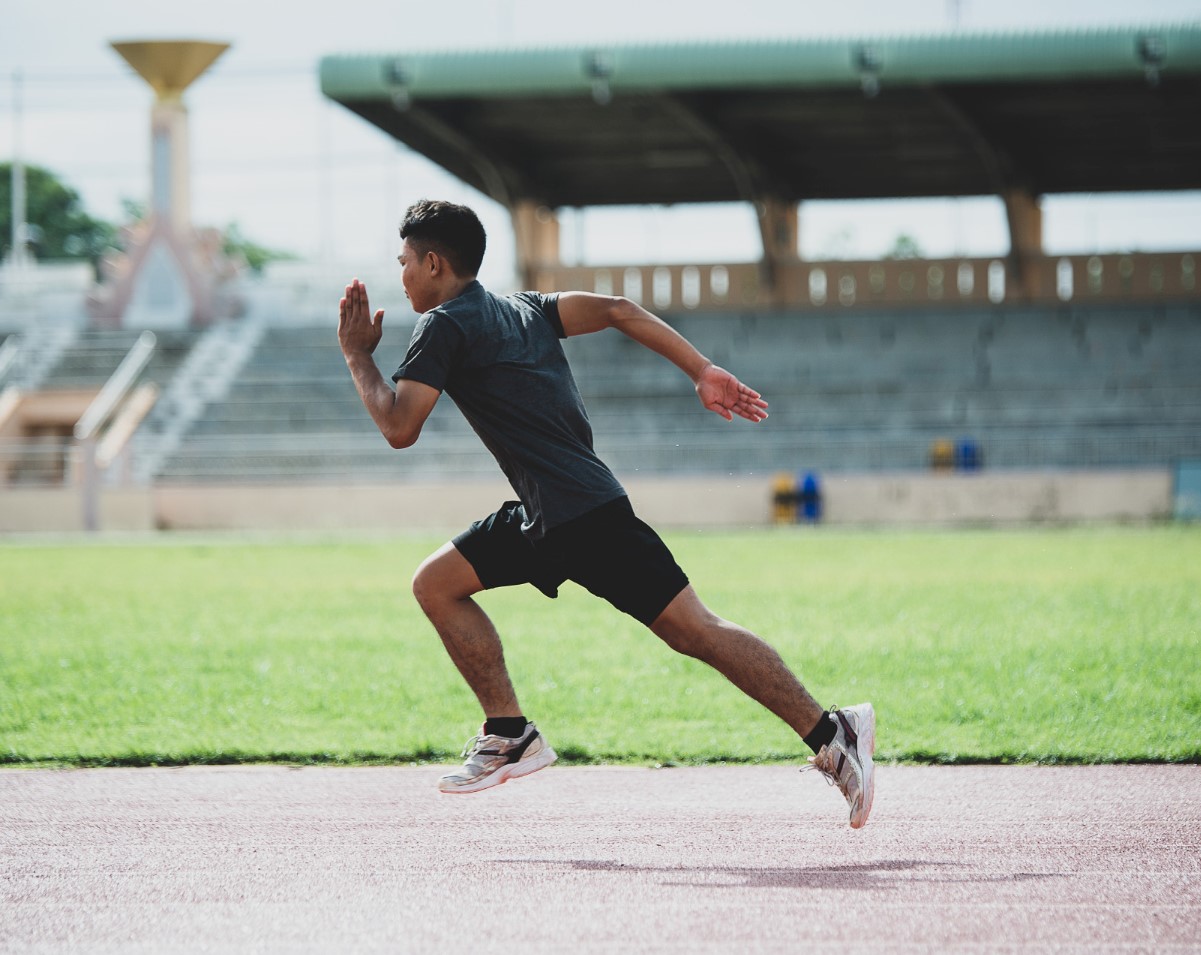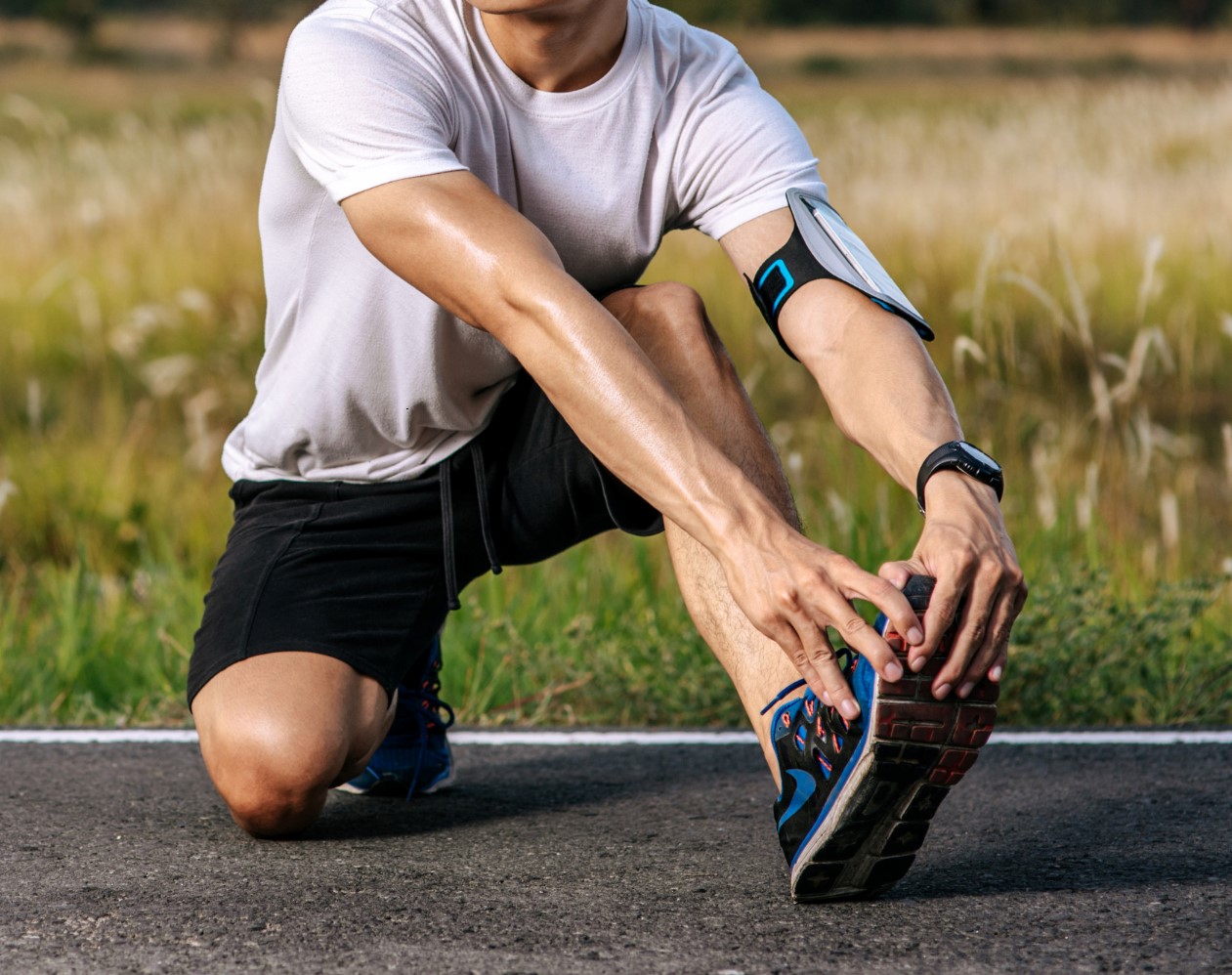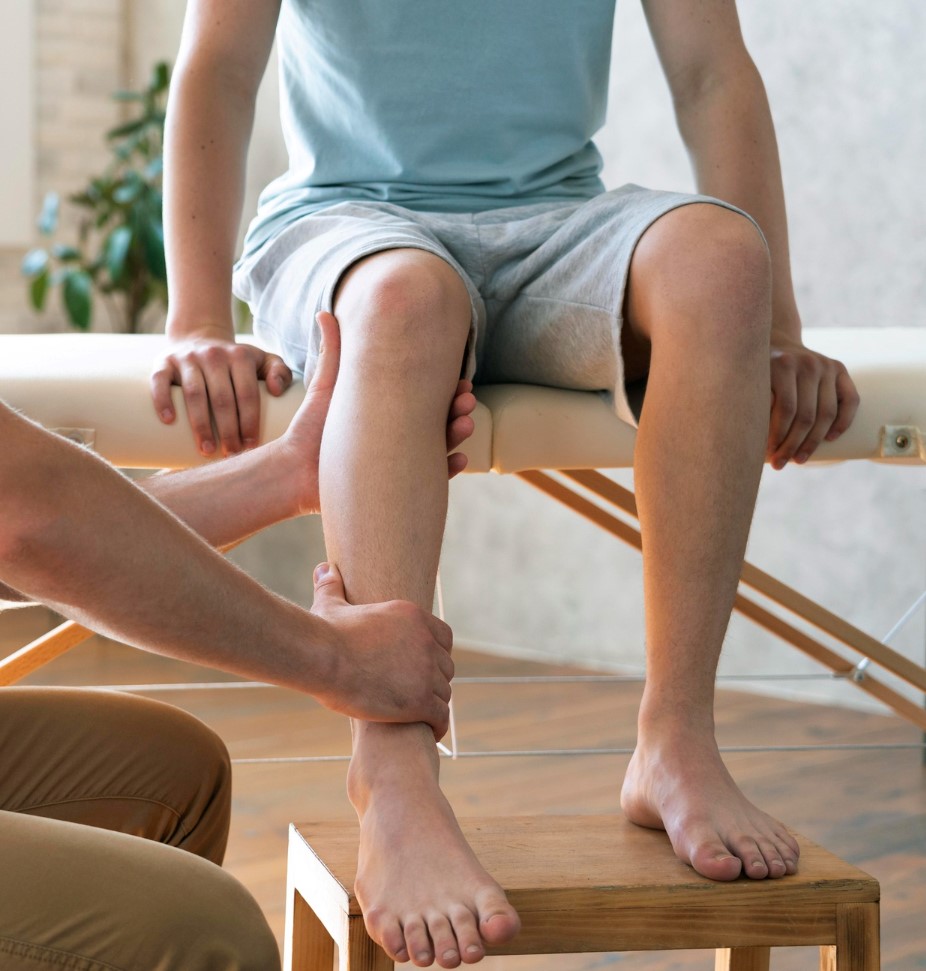Sports Injuries
In Singapore

Dr Chiam Tut Fu

MBBS (Singapore)
MSS (Sports Medicine) (USA)
MMed (OM) (Singapore)
GDOM (Singapore)
DWD (Singapore)

Introduction to Sports Injuries
Sports injuries can result from accidents, poor training practices, improper equipment, lack of conditioning, or insufficient warm-up and cool-down. While some injuries are sudden and apparent, others can develop slowly over time, often going unnoticed while they become more serious. The impact of these injuries on athletes can be significant, often leading to time away from the sport and, in severe cases, ending an athlete’s career.

Common Causes of Sports Injuries
- Overtraining: Athletes that train more than their body can recover from, to the point where performance declines. Overtraining can lead to injuries due to the body’s lack of recovery time, leading to greater stress on muscles, joints, and bones.
- Lack of conditioning: Conditioning exercises are designed to build the strength, agility, and endurance that athletes need to perform their sport. Without proper conditioning, athletes are at a higher risk of injury. Improper form or technique Using the wrong form or technique while exercising or playing a sport can put unnecessary stress on certain parts of the body, leading to injuries.
- Not warming up or cooling down: Warming up and cooling down are important for every workout. They prepare the body for exercise and help it recover afterwards, reducing the risk of sports injuries.
Sports Injuries That We Treat
-
Sprains and strains
Sprains are injuries to ligaments, the tough bands connecting bones in a joint. Strains are injuries to muscle fibers or tendons, which anchor muscles to bones.
-
Knee injuries
These include injuries to the anterior cruciate ligament (ACL), medial collateral ligament (MCL), and meniscus tears. These injuries are common in sports that involve sudden changes in direction and jumping.
-
Ankle sprains
An ankle sprain is an injury to the ligaments in the ankle. These injuries occur when the foot twists or turns beyond its normal range of motion.
-
Shin splints
Refers to pain along the shin bone, usually caused by excessive force on the shin bone and the tissues attaching the shin bone to the muscles surrounding it.
-
Tennis elbow (epicondylitis)
A painful condition caused by overuse of the arm, forearm, and hand muscles, resulting in elbow pain.
-
Golfer's elbow
Similar to tennis elbow, golfer's elbow is caused by overusing the muscles in the forearm that allow you to grip, rotate your arm, and flex your wrist.
-
Rotator cuff injuries
The Rotator cuff is a group of muscles and tendons that surround the shoulder joint. Injuries here are common in sports that involve repetitive arm motions.
-
Fractures
Also known as broken bones, fractures in sports can occur from an acute, one-time injury or from repetitive stress on a bone over time.
-
Dislocations
This happens when the ends of your bones are forced out of their normal positions. This painful injury often affects joints in the shoulder, knee, elbow, and fingers.
-
Concussions
A concussion is a type of traumatic brain injury induced by biomechanical forces, often resulting from a blow to the head. It's a serious injury that can affect both physical and cognitive function.
-
Hamstring strain
A common injury in sports that involve sprinting or sudden stops and starts. It involves a tear in one or more of the hamstring muscles at the back of the thigh.
-
Groin pull
This injury is common in sports that involve a lot of side-to-side movement, such as hockey or soccer. It involves a strain of the muscles of the inner thigh.
-
Shin splints
This term refers to pain along the shin bone, usually caused by excessive force on the shin bone and the tissues attaching the shin bone to the muscles surrounding it.
-
ACL tear or strain
The anterior cruciate ligament (ACL) in the knee can be torn or strained by movements that involve a sudden change in direction or pivot on a locked knee, common in sports like basketball or skiing.
-
Patellofemoral syndrome
This injury, resulting from repetitive movement of your kneecap against your thigh bone, can be caused by running, volleyball, and basketball.
-
Shoulder injury
Injuries to the shoulder are common in sports that involve overhead movement like tennis, swimming, weightlifting, and baseball. These can include sprains, strains, dislocations, and rotator cuff injuries.
-
Stress fractures
These are hairline fractures usually caused by repetitive activity and overuse, such as running long distances.
-
Plantar fasciitis
This is an inflammation of the plantar fascia, a thick band of tissue that runs across the bottom of your foot and connects your heel bone to your toes. It's common in runners.
-
Bursitis
Bursitis is inflammation of the bursae, small fluid-filled sacs that cushion the bones, tendons and muscles near your joints. It's common in sports that involve repetitive motions or positions that put pressure on certain parts of the body.

How We Diagnose Sports Injuries
- Physical examination: This involves a thorough assessment of the injured area, as well as an evaluation of overall health to rule out any other conditions that might be contributing to the problem.
- Imaging tests: These include X-rays to view bones, MRI scans to view both bones and soft tissues like ligaments, muscles, and tendons, and ultrasound to view muscles, tendons, and other soft tissues in real-time.
- Functional testing: This involves specific tests to assess the injury and the athlete’s readiness to return to sport. These tests may assess strength, flexibility, endurance, and sport-specific skills.
Minimally Invasive Treatments We Use To Treat
Sports Injuries
An injection that alleviates pain and inflammation associated with musculoskeletal conditions such as arthritis, bursitis, tendinitis and joint pain.
Targeted pain relief in the administered area and reduced inflammation.
Little to no recovery time. Patients may resume their normal activities promptly.
Works well in chronically injured tissues which may have very slow recovery
Anti-inflammatory and regenerative effects
Little or no downtime and patients can walk out after the 30 min procedure
Restores the physiologic viscoelasticity in the synovial fluid (SF) in the absence of inflammation
Nonoperative and FDA-approved treatment for arthritis of the knee
Results usually last for 2 - 3 months. In some cases, the relief can last for 6 - 12 months
Treats flare-ups of OA pain and swelling with fluid buildup in the knee
Reduces inflammation in the joint
Can quickly relieve these symptoms, usually within 1-3 days
Uses low-level light to stimulate healing. Does not cause your tissues to heat up. LLLT is used to treat various musculoskeletal conditions, reduce inflammation, and promote wound healing.
Painless, Quick, Effective, and No downtime. Patients can return to their normal activities immediately after an LLLT session.

Dr Chiam Tut Fu 
(詹达夫医生)
MBBS (Singapore)
MSS (Sports Medicine) (USA)
MMed (OM) (Singapore)
GDOM (Singapore)
DWD (Singapore)
Dr Chiam is a MOH accredited Specialist in Sports Medicine and has practised medicine for over 30 years.
Dr Chiam Tut Fu obtained his MBBS from National University of Singapore in 1990. He went on to obtain his Masters in Sports Science (Sports Medicine) from the United States Sports Academy, graduating as the year’s outstanding student, and Masters of Medicine (Occupational Medicine) from the National University of Singapore.
Key Interests:
- Non-surgical treatment of sports injuries
- Non-surgical treatment of degenerative conditions
- Nutraceuticals for healthy ageing and exercise performance
Need Advice On Your Condition?
Do you have an enquiry about your sports injury or body joint condition? Please leave us a message and we will be in touch with you shortly.
Mon to Fri: 9:00am – 1:00pm
2:00pm – 6:00pm
Sat: 9:00am – 1:00pm
Sun & PH: Closed
Singapore Paincare Center
Paragon Medical Centre, #18-03
290 Orchard Road, Singapore 238859
Partnered Programs & Insurance Plans
For Singaporeans, Singapore Permanent Residents and Foreigners.
Please speak to our friendly clinic staff about using your insurance plans.
Frequently Asked Questions
How can a sports medicine specialist help me?
A sports medicine specialist can diagnose and treat sports-related injuries. They can also provide advice on prevention strategies, rehabilitation exercises, and techniques to improve athletic performance. They play a key role in helping athletes recover from injury and return to their sport safely and effectively.
What should I do if I get injured while playing sports?
If you get injured while playing sports, it’s important to stop playing, apply ice to the injured area, and seek medical attention. Continuing to play could cause more harm.
How can I prevent sports injuries?
Preventing sports injuries can involve several strategies, including proper training and conditioning, using the right equipment, warming up and cooling down, staying hydrated, and listening to your body’s signals of pain and fatigue.